AI Act - Determine Risk Classes - AI Risk Classification
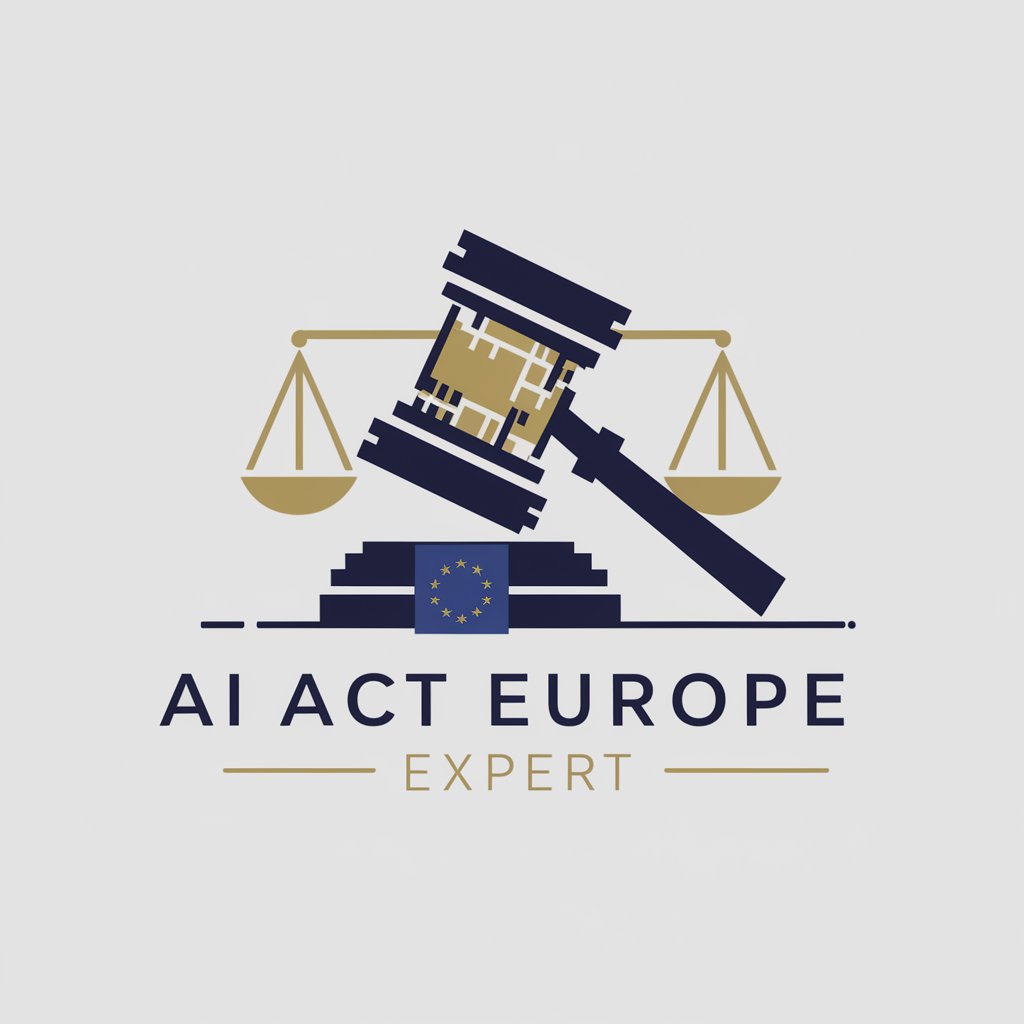
Welcome! I'm your AI Act Europe Expert.
Navigate AI Regulations with Ease
Explain the key provisions of the EU AI Act regarding high-risk AI systems...
Describe the compliance requirements for AI systems under the EU AI Act...
What are the implications of the EU AI Act for biometric identification systems...
Analyze the risk management measures required by the EU AI Act for AI developers...
Get Embed Code
Introduction to AI Act - Determine Risk Classes
The AI Act - Determine Risk Classes is designed to serve as an authoritative tool for understanding and categorizing artificial intelligence (AI) systems based on their risk levels as outlined in the EU AI Act. This classification framework is crucial for regulatory compliance, ensuring that AI applications meet the European Union's legal and ethical standards. For instance, an AI system used in biometric identification might be classified as 'high-risk' due to its implications for privacy and fundamental rights, requiring stringent compliance measures, including thorough documentation, transparency, and human oversight. Conversely, an AI system designed for entertainment purposes, like a game AI, might be classified as 'low-risk,' subject to fewer regulatory requirements. Powered by ChatGPT-4o。

Main Functions of AI Act - Determine Risk Classes
Risk Assessment
Example
Evaluating an AI system used in healthcare for diagnosing diseases
Scenario
A healthcare AI system is assessed to determine if it falls under the 'high-risk' category due to its direct impact on patient health outcomes. This involves analyzing the system's purpose, the accuracy of its diagnostics, and its use in clinical settings, ensuring it adheres to stringent safety, transparency, and data governance standards.
Compliance Guidance
Example
Guiding developers of AI-based employment tools
Scenario
Developers creating AI for screening job applicants receive guidance on compliance requirements, such as ensuring fairness, avoiding discrimination, and providing explanations for automated decisions, to align with the 'high-risk' classification standards of AI systems used in employment.
Monitoring and Reporting
Example
Overseeing AI systems in public surveillance
Scenario
AI systems deployed for public surveillance are continuously monitored for compliance with privacy and data protection laws. This function involves periodic audits, impact assessments, and reporting any non-compliance or risks identified, ensuring ongoing adherence to the 'high-risk' regulatory framework.
Ideal Users of AI Act - Determine Risk Classes Services
AI System Developers and Providers
Developers and providers of AI systems benefit from understanding risk classifications to ensure their products comply with EU regulations. This knowledge helps in designing AI systems that meet ethical and legal standards, avoiding potential sanctions and fostering trust among users.
Regulatory Bodies and Policymakers
Regulatory bodies and policymakers use the AI Act - Determine Risk Classes to enforce compliance and shape policies. It aids in identifying risk levels of various AI applications, focusing regulatory efforts where they are most needed, and updating legal frameworks in response to technological advancements.
Legal and Compliance Officers
Legal and compliance officers within organizations that use or develop AI systems rely on this tool to navigate the complex regulatory landscape. It assists in developing compliance strategies, conducting risk assessments, and ensuring that AI applications are deployed responsibly and ethically.

Guidelines for Using AI Act - Determine Risk Classes
Start a Free Trial
Initiate your journey by visiting yeschat.ai for a hassle-free trial experience without the necessity for login credentials, eliminating the need for ChatGPT Plus.
Understand the Basics
Familiarize yourself with the EU AI Act's risk classification to effectively use the tool. Knowing the definitions of high-risk AI applications and their regulatory requirements is crucial.
Identify Your AI System
Categorize your AI system based on its intended use, functionality, and potential impact. This will help in accurately determining the risk class.
Utilize the Tool
Input detailed information about your AI system into the tool, focusing on its operational scope, data usage, and decision-making processes.
Review and Apply
Carefully review the risk classification provided by the tool. Use this insight to ensure compliance with relevant legal and ethical standards.
Try other advanced and practical GPTs
Web App Innovator
Transforming ideas into code instantly.
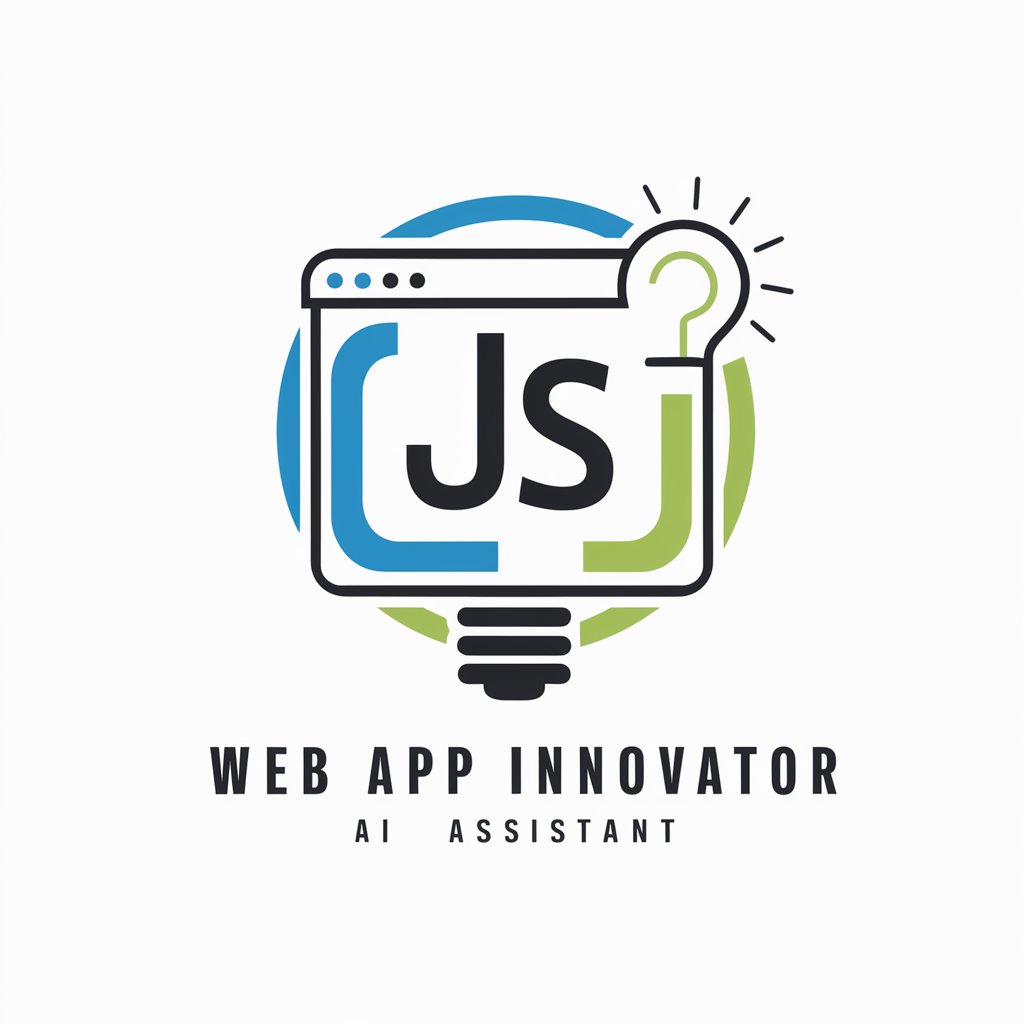
Author's Companion
Empowering Your Creative Journey with AI

Reglas del Golf en España
AI-Powered Golf Rules Expertise

R&A and USGA Rules of Golf Assistant
Deciphering Golf Rules with AI
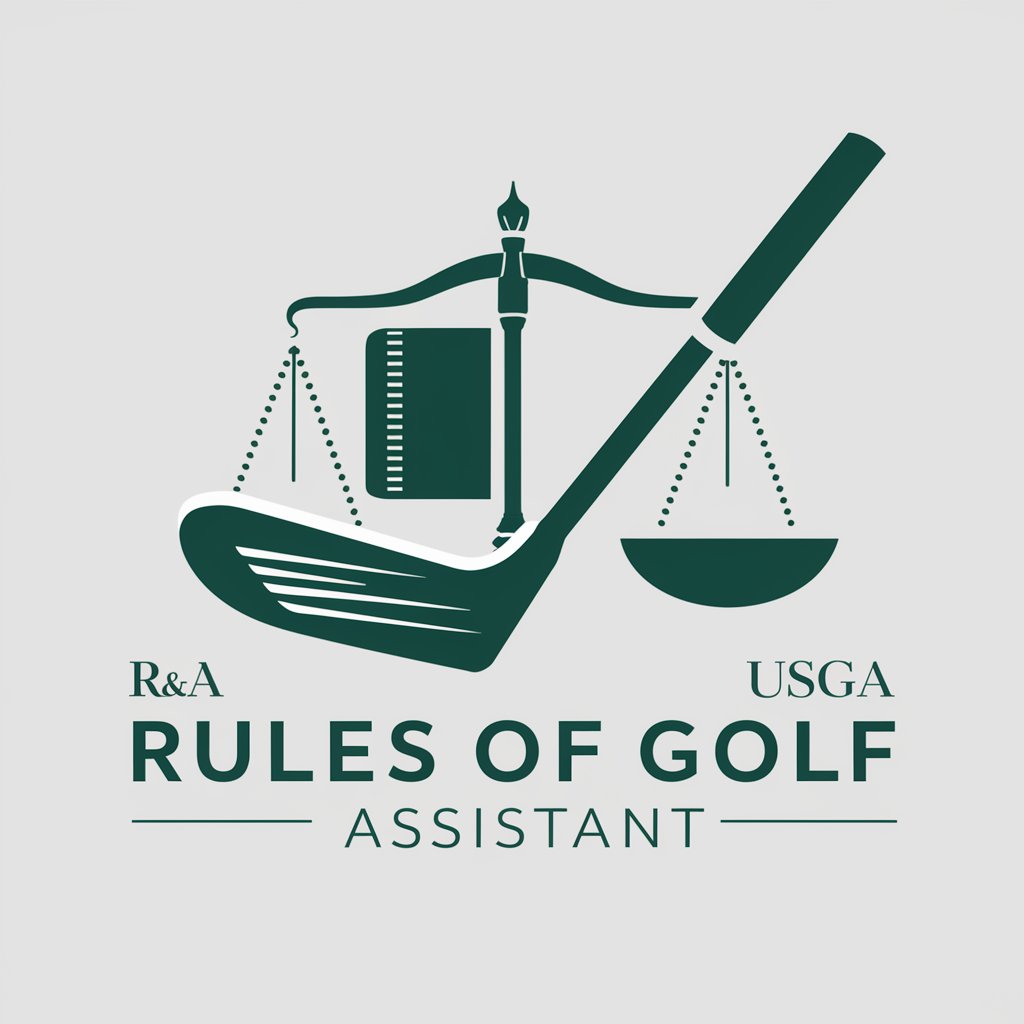
Filament Docs
Empowering Development with AI-Driven Documentation

Release Notes Maestro
Transforming commits into clear release notes.
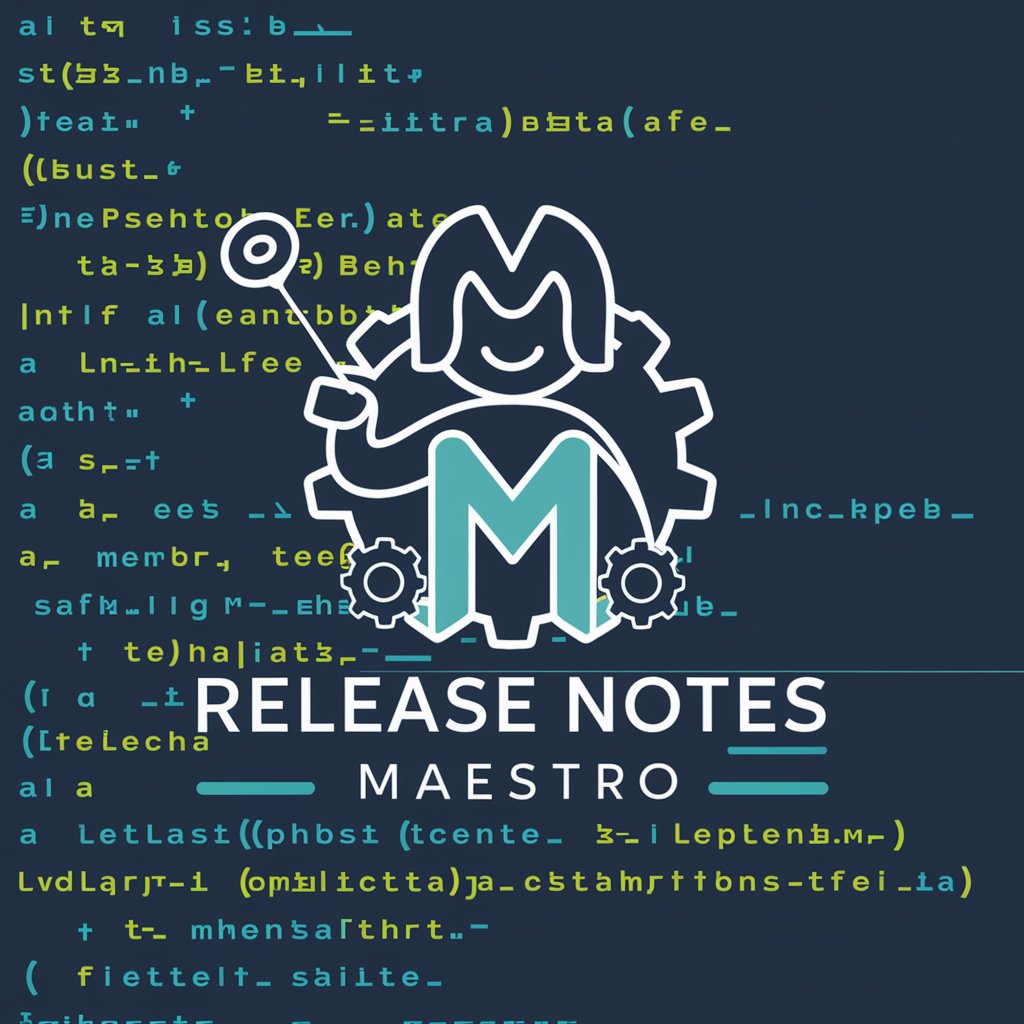
Deal Mate
Your AI-powered shopping assistant.

Global Welding Assistant
Empowering welders with AI-driven insights
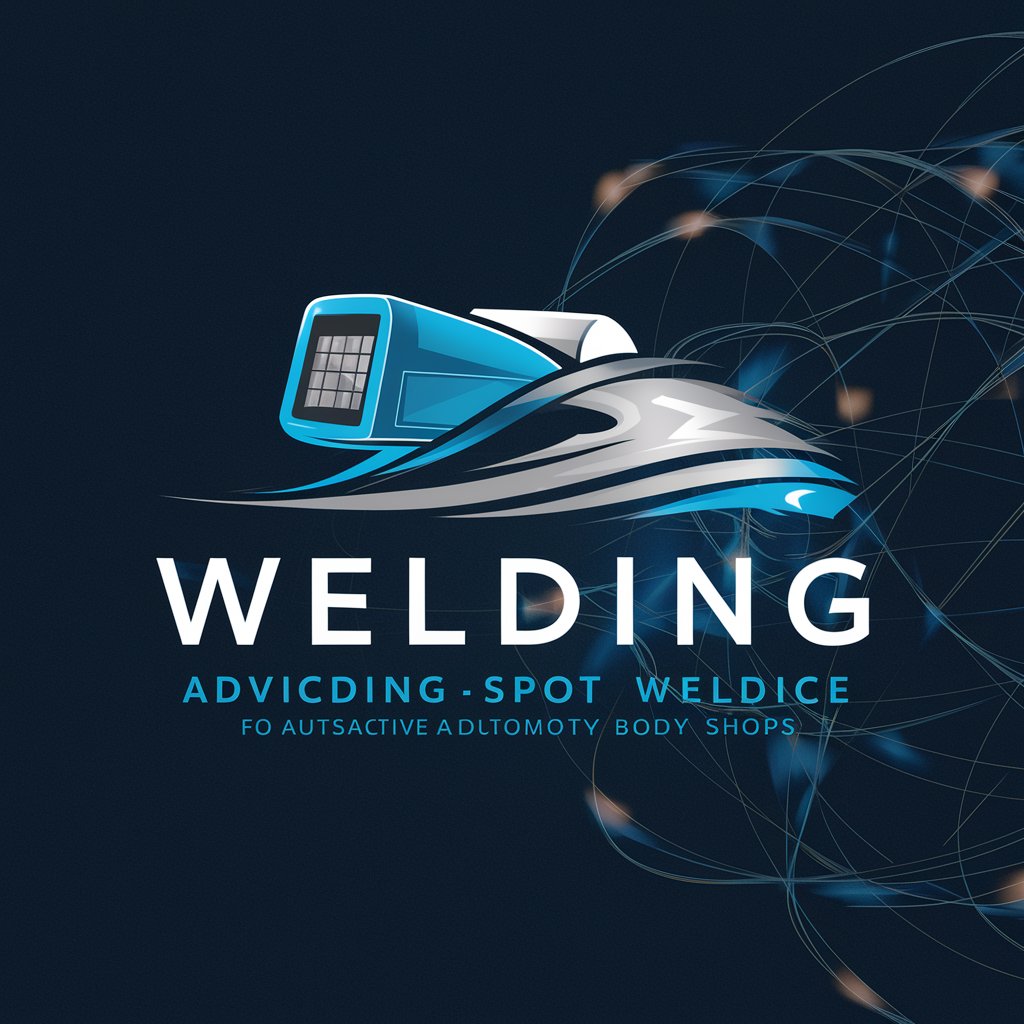
MetaRottenMDB
Your AI-Powered Film and Series Rating Assistant
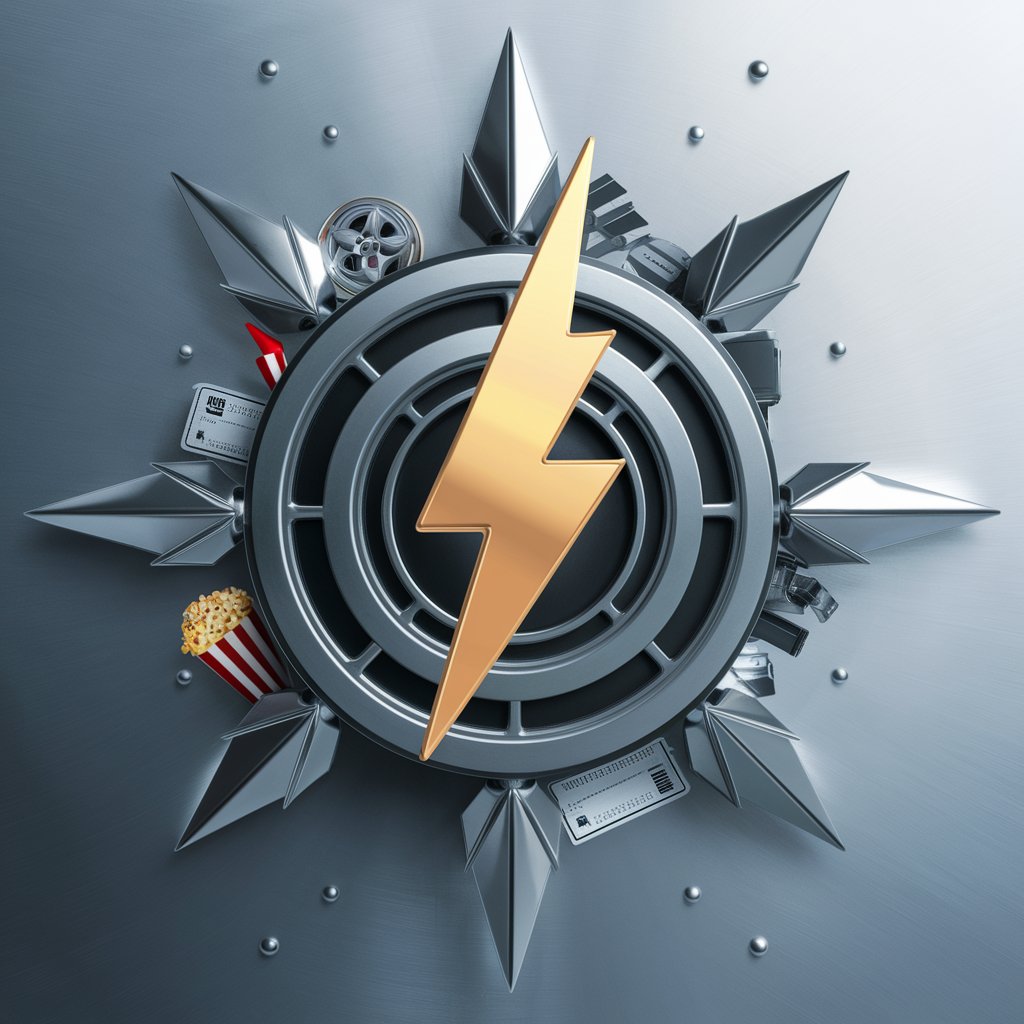
Copenhipster
Explore Copenhagen's creative heartbeat with a satirical twist.

AKホストメイカー
Engage with Your Personal AI Host

Asistent Afaceri și Analiză de Date în România
Empowering Romanian Business with AI
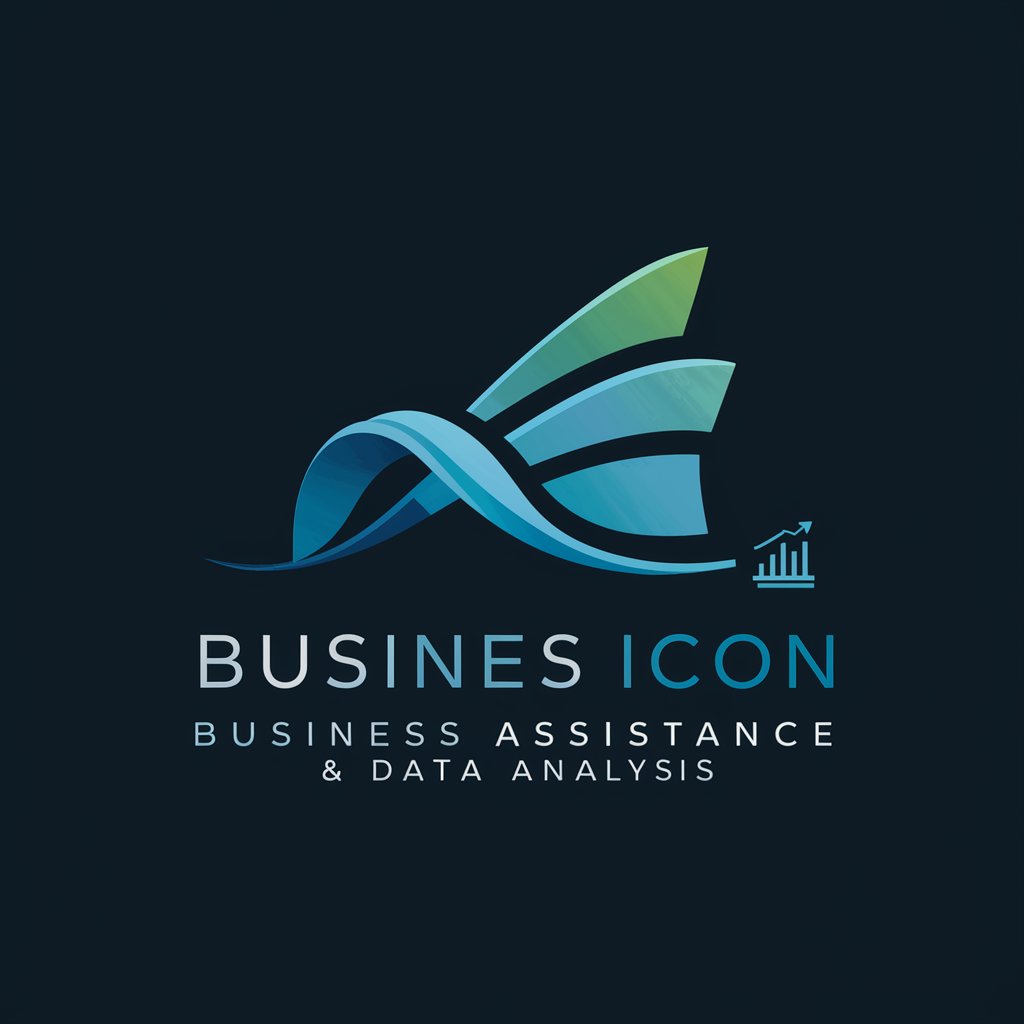
Frequently Asked Questions about AI Act - Determine Risk Classes
What is AI Act - Determine Risk Classes?
It's a tool designed to help users identify the risk category of AI systems according to the EU AI Act, facilitating compliance with regulatory requirements.
How does the tool classify AI risks?
The tool analyzes AI systems based on their functionalities, usage contexts, and potential impacts on rights and safety, aligning with the criteria set out in the EU AI Act.
Can it help with AI systems outside the EU?
While primarily focused on EU regulations, the tool's comprehensive analysis can provide valuable insights for AI systems worldwide, encouraging global best practices.
Is technical expertise required to use this tool?
No, the tool is designed for a wide range of users, from AI developers to policy-makers, providing clear guidance regardless of technical background.
How often should I use this tool for an AI system?
It's advisable to use the tool at significant development milestones, any time the AI system's functionality or intended use is modified, to ensure ongoing compliance.
